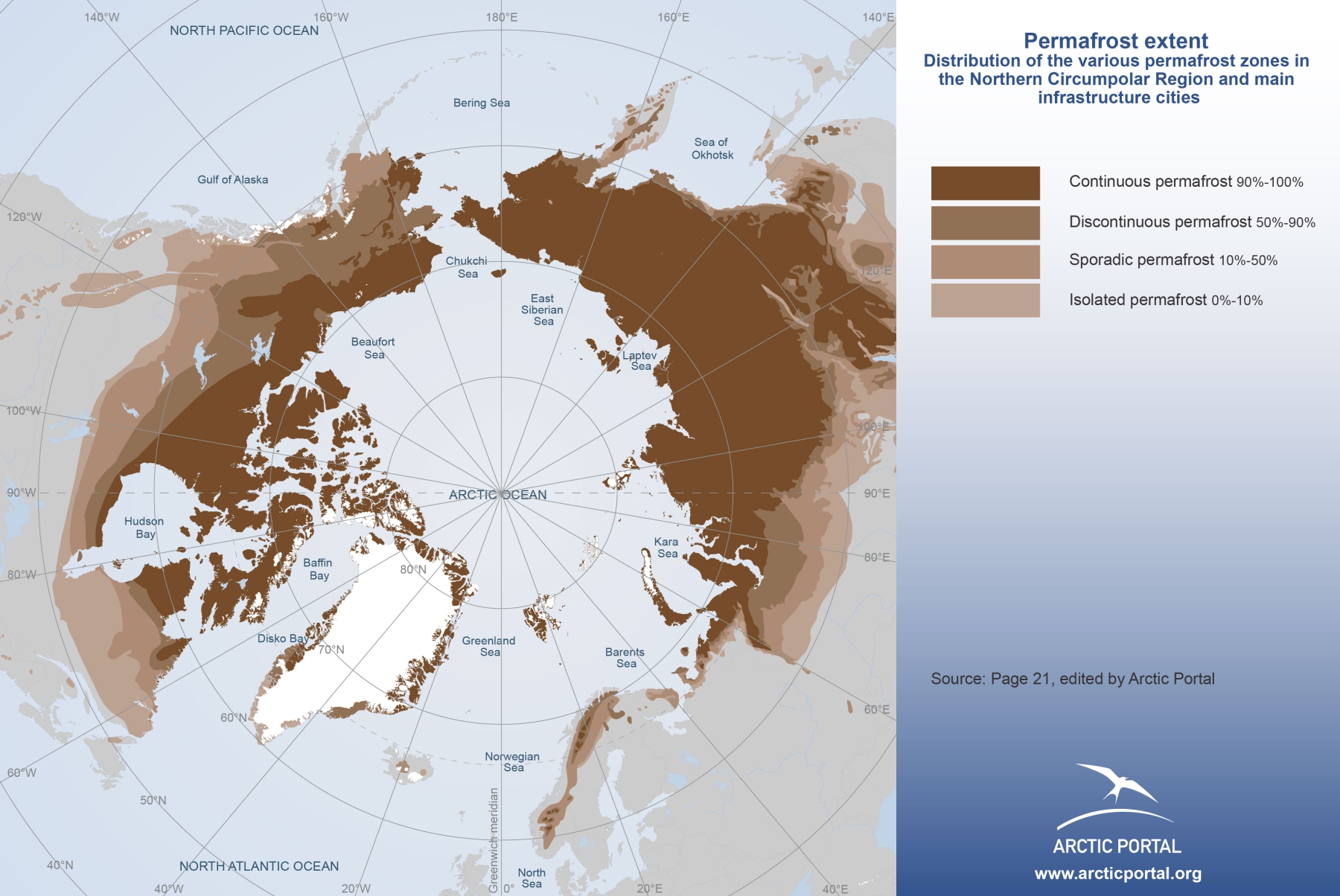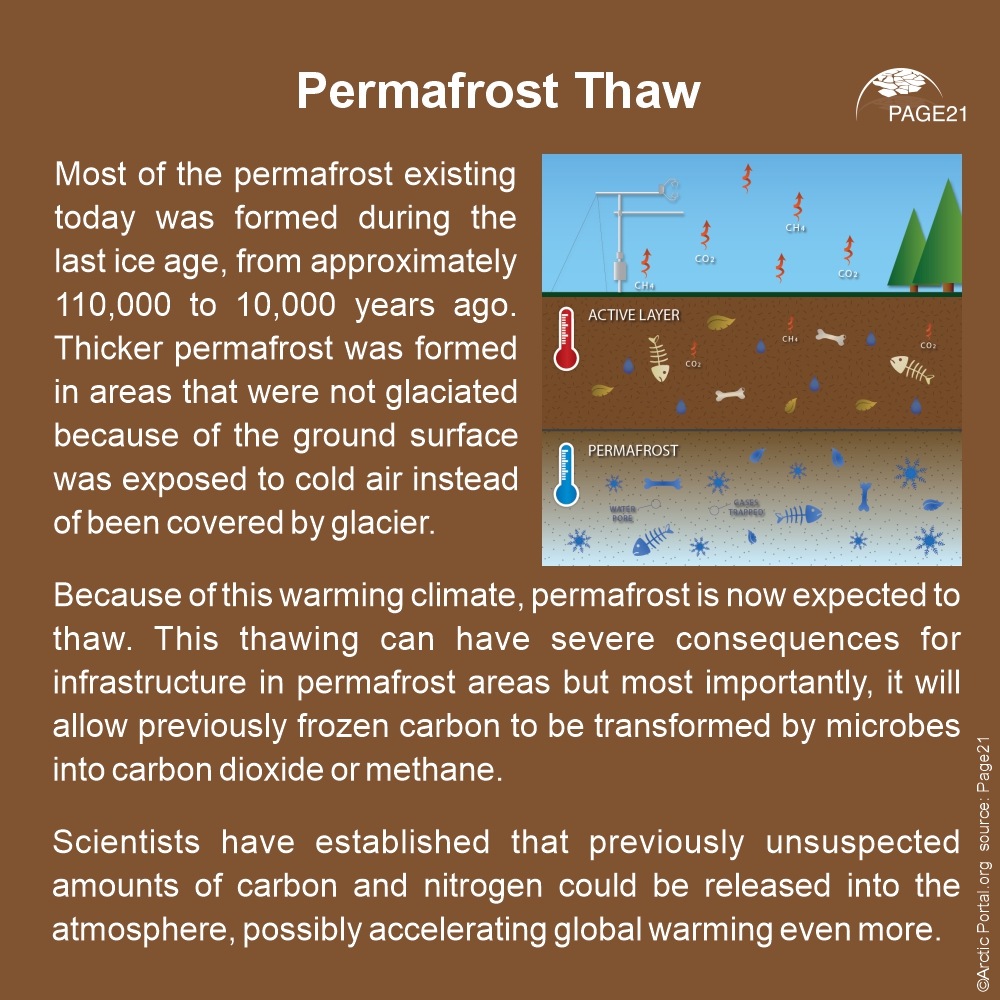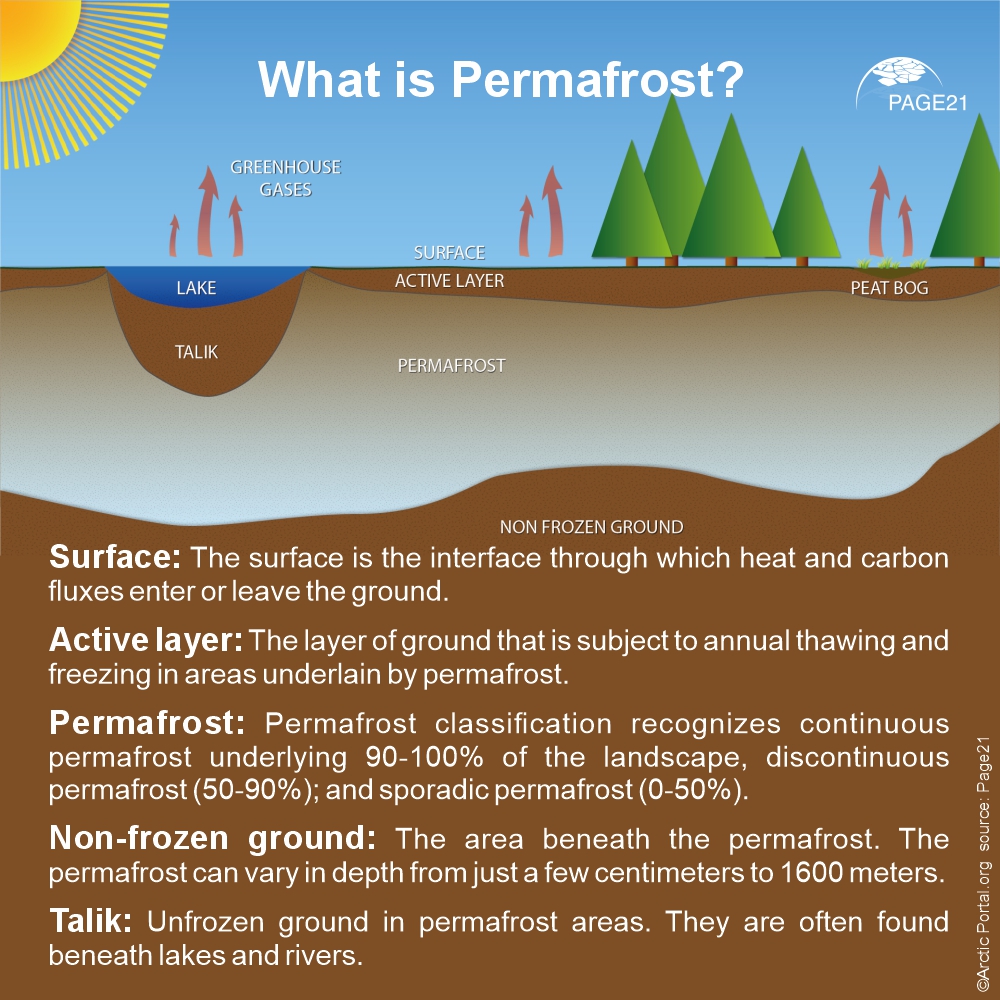The 1918 Spanish flu pandemic was one of the deadliest outbreaks in human history, infecting an estimated one-third of the global population and causing the deaths of at least 50 million people. Unlike typical influenza strains, which predominantly affect the very young and the elderly, the 1918 virus disproportionately struck healthy young adults. The virus caused severe pneumonia-like symptoms, often leading to rapid respiratory failure. Scientists believe this high mortality rate was due to an overreaction of the immune system, known as a cytokine storm, which caused excessive inflammation and damage to the lungs. The pandemic spread rapidly due to the movement of soldiers during World War I, reaching even the most remote corners of the world—including the Arctic.
Comparing the 1918 Spanish Flu and COVID-19
The 1918 Spanish flu and the COVID-19 pandemic, separated by more than a century, share striking similarities and key differences. Both viruses spread rapidly worldwide, causing millions of deaths, and both overwhelmed healthcare systems. However, while the Spanish flu killed an estimated 50 million people in a world with a much smaller population, COVID-19 has had a lower overall mortality rate but has still resulted in over 7 million confirmed deaths globally.
One of the major differences lies in medical advancements. In 1918, there were no vaccines, antiviral drugs, or mechanical ventilators. Public health measures such as isolation, quarantine, and mask-wearing were some of the only tools available—similar to those used in the early stages of COVID-19 before vaccines were developed. The Spanish flu also disproportionately affected young adults, whereas COVID-19 has been deadlier for the elderly and those with preexisting conditions.
Another key difference is the scientific ability to study the viruses. While it took decades to sequence the Spanish flu virus, the COVID-19 virus (SARS-CoV-2) was sequenced within weeks, allowing for the rapid development of vaccines. Despite these differences, both pandemics serve as reminders of the ever-present threat of emerging infectious diseases and the importance of global preparedness.
The 1918 Spanish Flu Reaches Svalbard
In 1918, the remote Arctic archipelago of Svalbard was not spared from the global devastation of the Spanish flu pandemic. A supply ship arriving in September of that year brought the virus to the mining community of Longyearbyen. Among the passengers were several Norwegian laborers destined for the coal mines; tragically, seven of them succumbed to the influenza shortly after their arrival and were interred in the local cemetery. Their final resting place was marked by a communal grave, delineated with a turfed mound edged with small boulders, and individual markers bearing their names.
What is Permafrost?
Permafrost is ground that remains frozen—at or below 0°C—for at least two consecutive years. It is primarily found in polar regions such as the Arctic and parts of Antarctica, but also exists in high-altitude areas. Permafrost can be composed of soil, rock, and ice, often containing organic material, including plant matter, animal remains, and even microbial life that has been trapped for thousands of years. Because of its frozen state, permafrost has acted as a natural time capsule, preserving biological and chemical structures that might otherwise have decomposed.
Permafrost does not necessarily contain ice; as long as the ground remains at or below freezing year-round, it qualifies as permafrost, even if it is dry. This distinction is important because permafrost is defined by temperature rather than moisture content. At deeper levels—ranging from 2 to 20 meters, depending on soil composition—temperatures remain stable throughout the year, unaffected by seasonal changes. The deepest permafrost areas are found in Siberia, Russia, where layers extend hundreds of meters below the surface. As global temperatures rise, permafrost is thawing at an accelerating rate, raising concerns about what long-dormant biological materials may be released.
The accompanying map illustrates the extent of permafrost across the Arctic, highlighting regions where frozen ground persists year-round.
 Scientific Interest in Permafrost Preservation
Scientific Interest in Permafrost Preservation
The unique conditions of Svalbard's permafrost sparked scientific curiosity about the potential preservation of the influenza virus within the buried victims. Permafrost, defined as ground that remains at or below 0°C for at least two consecutive years, has been known to preserve organic material exceptionally well. This preservation raised the possibility that viable viral particles might remain intact within the frozen tissues of the deceased, offering a rare opportunity to study the pathogen responsible for the catastrophic pandemic.
The 1998 Svalbard Excavation
In 1998, an international team of researchers, led by Dr. Kirsty Duncan, embarked on an ambitious expedition to exhume the bodies of the seven miners in Longyearbyen. The primary objective was to recover viral RNA from the preserved tissues, which could provide invaluable insights into the genetic makeup and virulence factors of the 1918 influenza strain. Prior to excavation, the team conducted a ground-penetrating radar (GPR) survey to accurately locate the graves and assess the depth of the burial. The GPR data indicated that the ground had been disturbed to a depth of approximately 2 to 2.5 meters, suggesting that the coffins were buried within or beneath the permafrost layer.
Challenges in Recovering the Virus
However, upon excavation, the researchers discovered that the coffins were situated at a depth of only about 30 centimeters, well within the active layer that undergoes annual freeze-thaw cycles. This unexpected finding implied that the bodies had not remained frozen continuously since 1918. Consequently, the likelihood of retrieving intact viral RNA was significantly diminished. Despite meticulous efforts to extract and analyze tissue samples, the team was unable to recover viable viral material from the remains.
A Breakthrough in Alaska
In contrast, a more successful endeavor took place in Brevig Mission, Alaska. In 1997, Dr. Johan Hultin exhumed the body of an Inuit woman who had perished during the 1918 pandemic and was buried in permafrost. The continuous freezing conditions at the Alaskan site had effectively preserved viral RNA, enabling researchers to sequence the complete genome of the 1918 influenza virus. This groundbreaking achievement has profoundly enhanced our understanding of the virus's characteristics and has informed contemporary influenza research and pandemic preparedness strategies.
 The Hidden Threats in Thawing Permafrost
The Hidden Threats in Thawing Permafrost
These findings raise an urgent and timely question: If ancient viruses can survive in Arctic permafrost for over a century, what other pathogens might be locked within these frozen layers? As climate change accelerates and permafrost thaws at an unprecedented rate, scientists warn of the potential re-emergence of long-dormant viruses and bacteria. In 2016, an anthrax outbreak in Siberia was linked to a thawed reindeer carcass that had been frozen for decades, demonstrating that permafrost can indeed act as a reservoir for deadly pathogens.
The Potential for Future Pandemics
Research indicates that permafrost contains genetic remnants of viruses dating back thousands of years. Some of these, such as ancient strains of smallpox or other influenza viruses, could theoretically be revived under the right conditions. In 2014, French researchers successfully reactivated a 30,000-year-old giant virus found in Siberian permafrost, proving that microbial life can remain dormant yet viable for millennia. While there is no immediate evidence that these viruses pose a direct threat to human populations, the potential for exposure increases as industrial and scientific activity in the Arctic expands.
Preparing for the Unknown
The Spanish flu excavation in Svalbard may not have yielded viable viral samples, but it underscored the importance of monitoring permafrost as a potential reservoir for pathogens. As global temperatures rise and Arctic landscapes change, the question is no longer whether ancient microbes will emerge, but rather how humanity will prepare for the potential consequences. Understanding the resilience of these viruses and their ability to become airborne upon thawing is crucial in assessing future risks.
The frozen past may yet have a story to tell—one that could impact the future of global health.
Sources: Defining Moments Canada, PubMed/National Institutes of Health (NIH), Centers for Disease Control and Prevention (CDC), Scientific Studies on Ancient Viruses
Article written by: Fanney Sigrún Ingvadóttir
Related Material:
Quick Facts on Permafrost Thaw
The tags below provide an opportunity to view previously posted related news within the selected category

